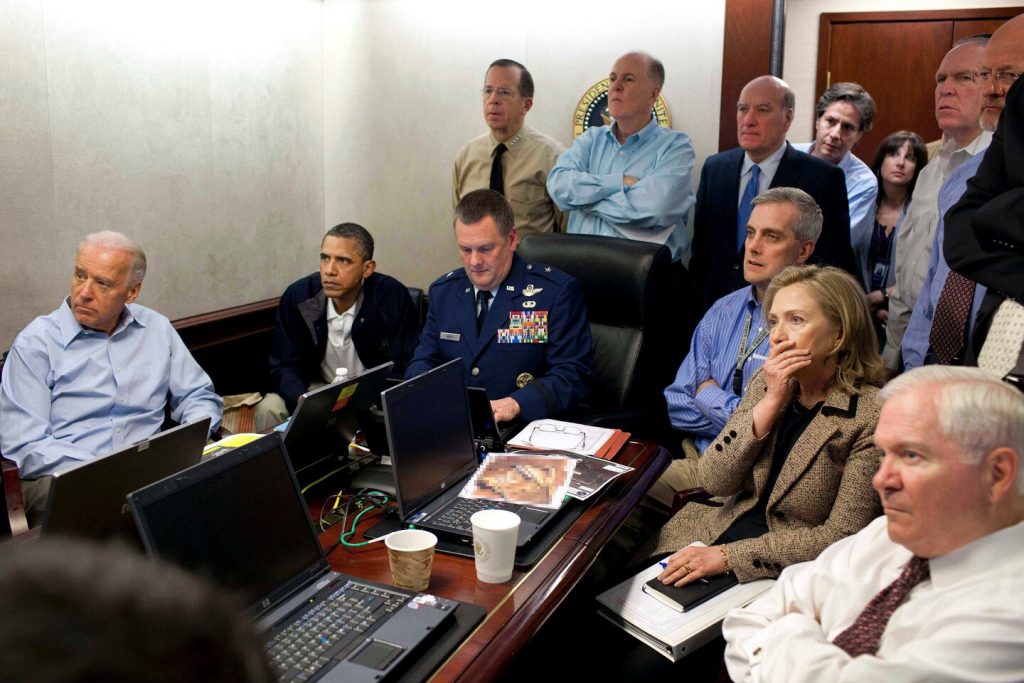
This week my students are wrestling with another set of readings which point out just how difficult it is for governments to deal with a terrorist challenge. And how there really are very few good choices under those circumstances.
As British terrorism scholar and expert Andrew Silke points out in the piece I discuss below, the natural human drive for vengeance pushes both governments and terrorist organizations into revenge-driven cycles of violence. For governments, a harsh counterterrorist response is often politically popular and at the same time, policymakers tend to overestimate its effectiveness. For terrorist groups and their supporters, heavy-handed government measures can both stiffen their resolve and move the uninvolved into the arms of a violent opposition movement.
One example of the kind of heavy-handed counterterrorism response that while popular may in fact be ineffective, if not counterproductive, is targeted killing or leadership decapitation. These are tactics that both Israel and the United States have embraced in their respective campaigns against terrorism. In the Israeli case this has entailed strikes targeting the military and political leadership of the Palestinian group Hamas. For the US, we have primarily employed this tactic, via drone strikes, on the Afghan/Pakistan border and in Iraq.
But as terrorism scholar Jenna Jordan, whose work focuses on leadership decapitation, points out, terrorist groups are far more resistant to this tactic than policymakers want to believe. I discus her research in the video below.
Finally for this week, if militarized responses don’t work the way we want them to, then what else can governments do in response to terrorism? Scholar Peter Sederberg offers, and I discuss below, a promising, but politically fraught, answer: conciliation and compromise. In short, Sederberg suggests that democracies can harness the tools that make them politically distinctive, negotiation and the emphasis on compromise, to manage a terrorist challenge. War is not the only option.